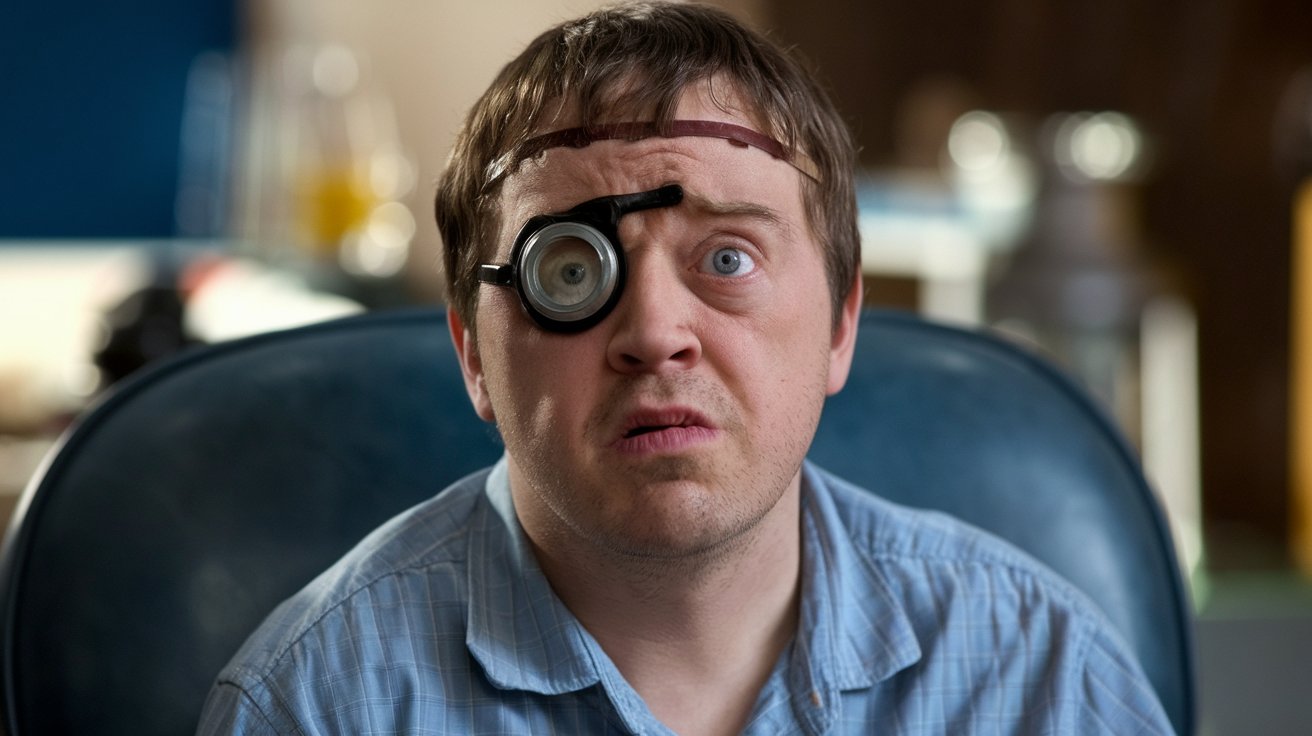
Osteoporosis Macrocephaly Mental Retardation Blindness (OMIMRB) is a rare genetic disorder that affects multiple systems in the body. Characterized by brittle bones, an unusually large head, intellectual disabilities, and vision loss, this condition presents significant challenges for those affected. Understanding OMIMRB can help families and caregivers provide better support. This article will delve into 25 intriguing facts about OMIMRB, shedding light on its symptoms, causes, and management strategies. Whether you're a medical professional, a caregiver, or someone keen to learn more, these facts will offer valuable insights into this complex condition. Buckle up for an informative journey through the world of OMIMRB!
Key Takeaways:
- Osteoporosis weakens bones, especially in older adults, and can be prevented with calcium, vitamin D, and exercise. Early diagnosis through a bone density test is crucial to prevent fractures.
- Macrocephaly, or abnormally large head, can be caused by genetic conditions and may lead to developmental delays. Regular monitoring and early intervention are important for managing this condition.
Understanding Osteoporosis
Osteoporosis is a condition where bones become weak and brittle. It can lead to fractures and other complications. Here are some key facts about osteoporosis:
- Bone Density Loss: Osteoporosis causes bones to lose density, making them fragile.
- Silent Disease: Often called a silent disease because bone loss occurs without symptoms.
- Common in Elderly: Most common in older adults, especially postmenopausal women.
- Calcium Deficiency: Lack of calcium in the diet can contribute to osteoporosis.
- Vitamin D Role: Vitamin D helps the body absorb calcium, crucial for bone health.
- Exercise Benefits: Weight-bearing exercises like walking can strengthen bones.
- Genetic Factors: Family history can increase the risk of developing osteoporosis.
- Medications Available: There are medications that can help slow bone loss and increase bone density.
- Fracture Risk: People with osteoporosis are at higher risk for fractures, especially in the hip, spine, and wrist.
- Bone Density Test: A bone density test can diagnose osteoporosis before a fracture occurs.
Exploring Macrocephaly
Macrocephaly refers to an abnormally large head. It can be a sign of various conditions. Here are some important facts about macrocephaly:
- Head Circumference: Defined by a head circumference significantly larger than average for age and sex.
- Genetic Causes: Can be caused by genetic conditions like Sotos syndrome or neurofibromatosis.
- Hydrocephalus Connection: Often associated with hydrocephalus, where fluid accumulates in the brain.
- Developmental Delays: Children with macrocephaly may experience developmental delays.
- Brain Imaging: MRI or CT scans can help diagnose the underlying cause of macrocephaly.
- Family History: Sometimes runs in families without any associated health problems.
- Monitoring Growth: Regular monitoring of head growth is essential for early detection.
- Surgical Intervention: In some cases, surgery may be required to relieve pressure on the brain.
- Associated Symptoms: Symptoms can include irritability, vomiting, and poor feeding in infants.
- Early Intervention: Early intervention and therapy can help manage developmental delays.
Insights into Mental Retardation
Mental retardation, now more commonly referred to as intellectual disability, affects cognitive functioning and adaptive behaviors. Here are some facts about this condition:
- IQ Scores: Typically defined by an IQ score below 70.
- Adaptive Behavior: Affects daily living skills, communication, and social skills.
- Early Signs: Signs can appear in infancy or early childhood.
- Genetic Disorders: Conditions like Down syndrome and Fragile X syndrome can cause intellectual disability.
- Prenatal Factors: Factors like malnutrition, infections, and substance abuse during pregnancy can contribute to intellectual disability.
Final Thoughts on Osteoporosis Macrocephaly Mental Retardation Blindness
Understanding osteoporosis, macrocephaly, mental retardation, and blindness can be overwhelming. These conditions impact many lives, and knowing the facts helps in managing them better. Osteoporosis weakens bones, making fractures more likely. Macrocephaly involves an abnormally large head, often linked to other health issues. Mental retardation, now more commonly referred to as intellectual disability, affects cognitive functions and daily living skills. Blindness, whether partial or complete, drastically changes how individuals interact with the world.
Awareness and education are key. Early diagnosis and proper treatment can improve quality of life. Support from healthcare professionals, family, and community plays a crucial role. Remember, each condition is unique, and so is each person affected by it. Stay informed, seek help when needed, and support those around you. Knowledge empowers us to make better decisions and offer better care.
Frequently Asked Questions
Was this page helpful?
Our commitment to delivering trustworthy and engaging content is at the heart of what we do. Each fact on our site is contributed by real users like you, bringing a wealth of diverse insights and information. To ensure the highest standards of accuracy and reliability, our dedicated editors meticulously review each submission. This process guarantees that the facts we share are not only fascinating but also credible. Trust in our commitment to quality and authenticity as you explore and learn with us.
